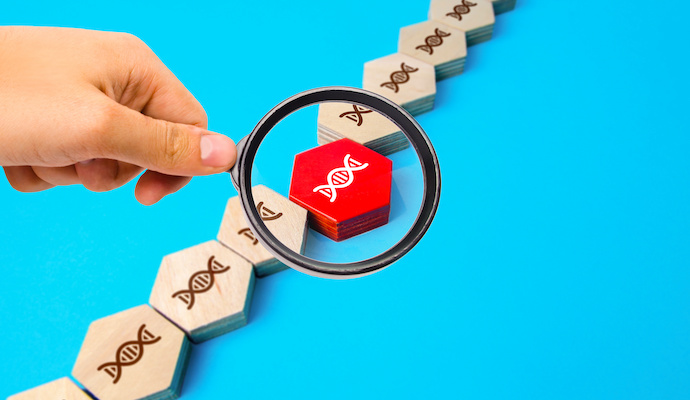Designing Next-Generation Cell and Gene Therapies
Researchers at Cedars-Sinai are working on a new method to treat ALS and retinitis pigmentosa using engineered stem cells, potentially paving the way for personalized treatments.

Source: Adobe Stock
- A study published in Stem Cell Reports represents a significant initial stride toward personalized therapies for individuals with incurable neurodegenerative disorders. The novel technique utilizes renewable and scalable cells derived from human induced pluripotent stem cells (iPSCs), which can also hinder the advancement of these diseases in rodents.
"In the past, we have had enormous success using expanded populations of neural progenitor cells derived from human brain tissue combined with gene therapy in developing new treatments for patients with ALS," explained Clive Svendsen, PhD, executive director of the Cedars-Sinai Board of Governors Regenerative Medicine Institute and professor of Biomedical Sciences and Medicine, to Cedars-Sinai reporters.
The study demonstrated that neural progenitor cells could be modified to generate a protein — glial cell line-derived neurotrophic factor (GDNF) — that aids in preserving malfunctioning neurons. In a recently concluded clinical trial, this product was securely implanted into the spinal cords of amyotrophic lateral sclerosis (ALS) patients.
Remarkably, these cells could survive and generate the essential GDNF protein for more than three years following a one-time treatment, which could safeguard the motor neurons that degenerate in ALS. Additionally, these neural progenitor cells are employed in an ongoing experiment to treat retinitis pigmentosa.
"However, the cell lines we are using in the clinic are coming from a single source and are going to eventually run out. We don't have endless product," said Svendsen, the Kerry and Simone Vickar Family Foundation Distinguished Chair in Regenerative Medicine at Cedars-Sinai. "Induced pluripotent stem cells provide a renewable source and allow us to develop a more sustainable product that can be engineered to release powerful growth factors."
Researchers are discovering that cell and gene therapies have enormous potential for addressing numerous illnesses, particularly challenging neurodegenerative conditions like ALS and retinitis pigmentosa. In these therapies, transplanted stem cells generate auxiliary cells that produce the engineered drug, which aids in supporting degenerating neurons.
Nevertheless, some limitations could impede the widespread adoption and commercialization of these treatments, such as inadequate tissue availability and the possibility of rejection.
"Being able to minimize immune interactions by engineering a patient's own cells and then turning that into a precision medicine therapy has very strong potential," shared Alexander Laperle, PhD, a project scientist in the Svendsen Laboratory and co-first author of the study.
The team of researchers engineered neural progenitor cells from induced pluripotent stem cells (iPSCs) to produce glial cell-derived neurotrophic factor (GDNF) as a potential therapy for nervous system diseases such as ALS and retinal degeneration.
They tested the therapy by transplanting these cells into rodents with retinal degeneration or ALS. They found that the cells protected the cells in the eyes that support the vision and spinal cord cells that control movement, respectively. In addition, the therapy was safe and did not cause any adverse effects for several months.
"We saw that the cells survived and integrated into the spinal cord," added co-first author Alexandra Moser, PhD, a postdoctoral fellow in the Svendsen Laboratory. "They also largely formed astrocytes, which are protective and supportive cells, and we found they continued to produce GDNF. Most importantly, they didn't form tumors."
"We have successfully shown that we can develop human iPSCs that stably produce GDNF as a promising future cell and gene therapy," explained Laperle.
Although the research findings are promising, Moser noted that additional preclinical investigations are required to determine the most effective treatment dosage. Presently, the team is exploring strategies to enhance the expansion of these cells and the feasibility of that procedure.
